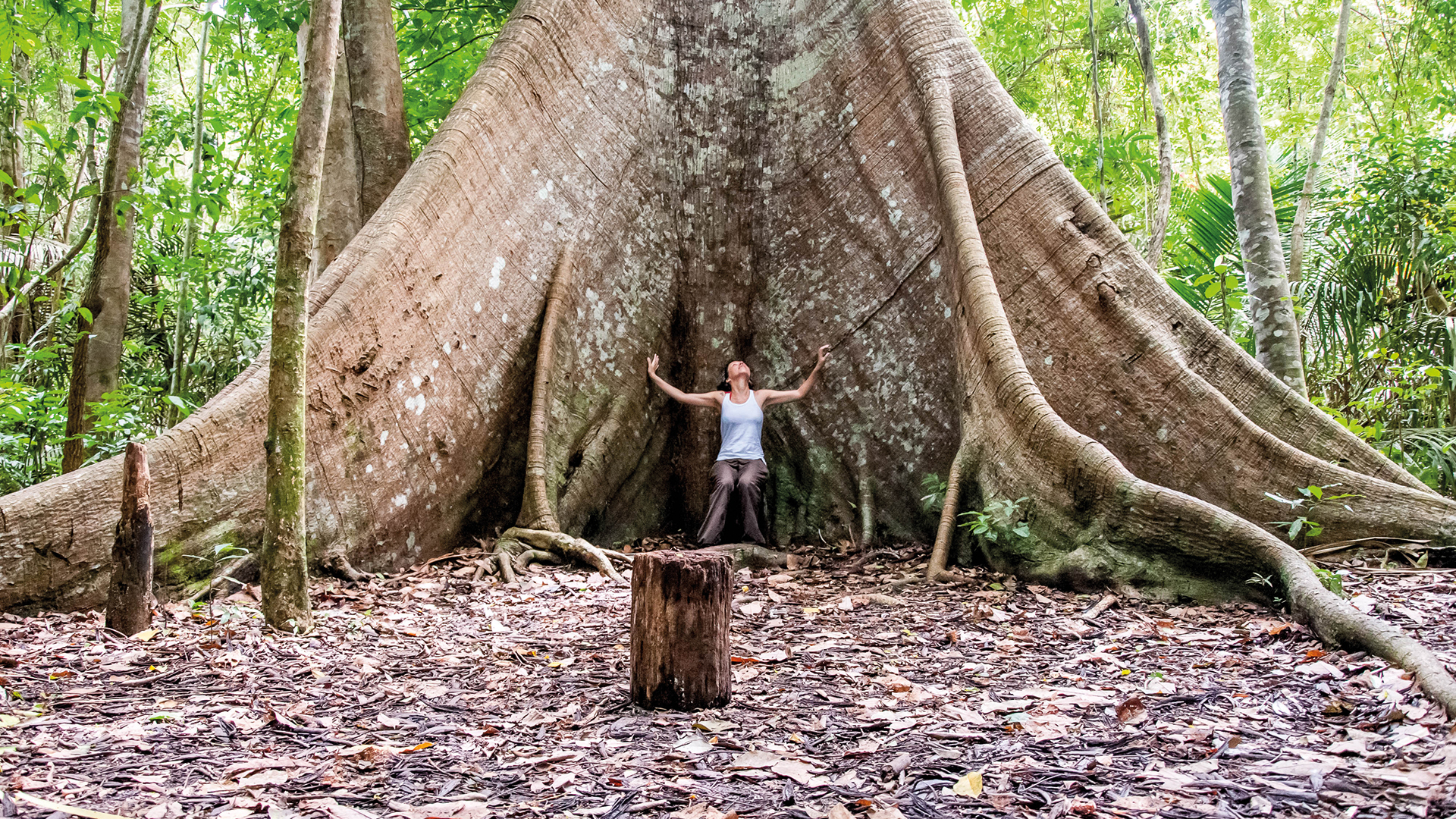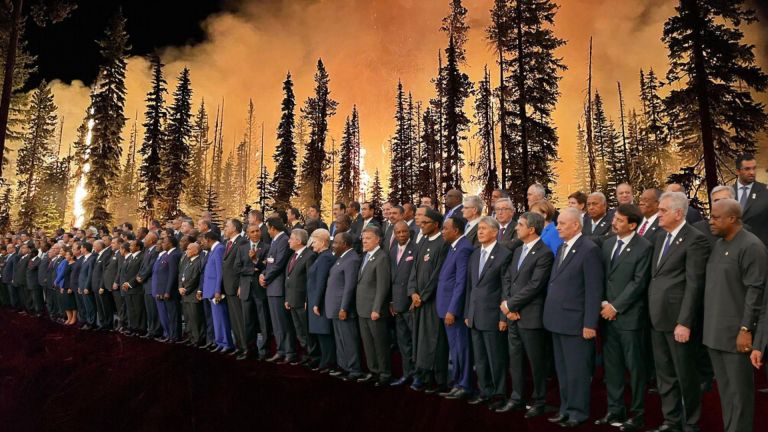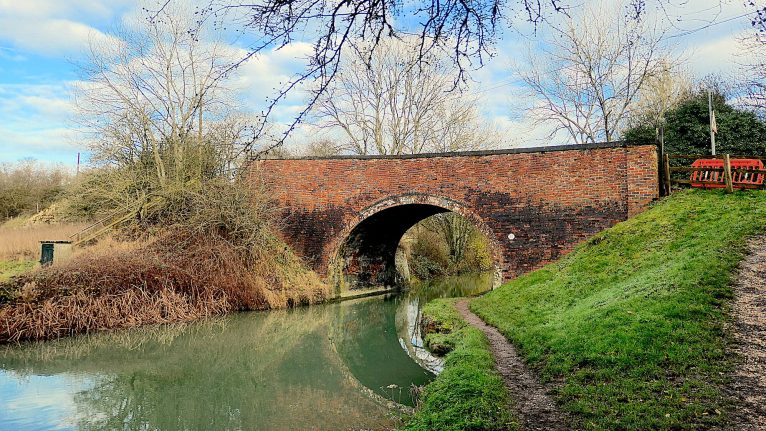Nevertheless, people on the ground are trying. One way is by bringing in tourists, creating a new income for local communities and inspiring a love of the rainforest in the hearts of those who visit.
“Unless you love something, you can’t really fight for it,” said Martin Frankenberg of travel company Kaiara Amazônia. “That’s such an important truth for anything in life, so if we’re actually going to save the Amazon, if we’re actually going to reverse the processes to which it has been submitted for the past
50 years, we need a legion of new Amazon lovers who are empowered to act.”
Frankenberg was keen to stress that this cannot come at the detriment of the forest, adding: “We see our main client as the Amazon and its people, rather than the traveller. The traveller is super important in our equation, but from another perspective they are our sponsor. Our allegiance is to our clients.”
Visitors enter the Amazon aboard Kaiara Amazônia’s Tupaiú, cruising along the Tapajós, one of the river’s main tributaries. On their journey, they take part in excursions designed to enhance their understanding of the forest and the people who call it home, learning about traditional cuisine and having the Hollywood movie version of the Amazon thoroughly scrubbed from their minds after days of river swimming.
Turtle farmers have become turtle conservers, clear-cutting farmers have become evangelical forest guides and traditional crafts have been revived to create gift shops filled with locally made products. This did not happen by accident or overnight – in 1987, the organisation Projeto Saúde and Alegria (PSA) started working with communities along the Tapajós to bring vital medical treatment to the most remote communities. Over time, it became clear that health needed to mean more than just people’s physical health; it had to mean cultural health and the health of the forest too.
Get the latest news and insight into how the Big Issue magazine is made by signing up for the Inside Big Issue newsletter
Advertising helps fund Big Issue’s mission to end poverty
Frankenburg said: “What’s happened over the last 20 years, and really over the last 10, has been a movement of Indigenous pride; where the people say, ‘Look, we are the guardians of the Amazon,’ and that’s so true. If you look at a map of the Amazon, the most preserved areas are the ones that are demarcated as Indigenous land.
“So there is no question that wherever we have Indigenous land, we have a more preserved Amazon. This is why it’s so important to give them strength, not only culturally to repair the historical damage we’ve done, but if we are going to save the Amazon there are no better people to actually enlist than the
people who live there, because the Amazon is the forest of their mothers, of their family, it’s part of themselves.”
The team at the National Forest understands this ethos too. Over the last 30 years, they have increased the forest cover from 6% to 22% through a mix of grants for landowners, land acquisition, planning gain, collaboration with businesses and community engagement.
John Everitt, chief executive of the National Forest, said: “We have annual planting days with communities where people come and plant trees with us, and all of those trees are planted with a meaning: a birth, a death, a marriage, a celebration, and so those woodlands have all those memories in those trees and will have for years and years to come.
“People are putting their cultural roots into the landscape, we talk about that with Indigenous peoples overseas, but actually it’s the same here.”
The forest’s nine million trees capture roughly 225 million kilograms of carbon per year, which is equivalent to the emissions that would be produced by driving around the Earth over 40,000 times. All this happens in just 200 square miles; with more space, the environmental impact could be even greater.
Advertising helps fund Big Issue’s mission to end poverty
The National Forest team has supported a wide range of sustainable businesses through their grant schemes, including Cattows Farm, where a portion of arable land has been transformed into woodland. Cattows is now a busy destination for day trippers who can take part in outdoor learning, events and
festivals and enjoy a cake at the cafe.
Greenwood Days is a family-run business set in a 90-acre wood created as part of the project. It runs courses on traditional furniture making, wood turning and basket making, and has also been supported by the National Forest. Its founder Peter Wood has been able to turn his passion project into a thriving enterprise.
These examples demonstrate how sustainable tourism can benefit the natural environment, grow the green economy and support local communities. In the Amazon, the work done by Kaiara Amazônia, PSA and others has helped support the creation of small businesses and conservation efforts, providing training and strategic support but leaving room for each community’s individual strengths to shine.
In the Curuçá Community, on the banks of the Curuca tributary, the seriously threatened Arrau river turtle has been revived through careful conservation work. It’s now a stop on Kaiara Amazônia and other travel companies’ itineraries, supporting the community’s restaurant, beekeeping and
gift shop.
Meanwhile in Jamaraquá Village, a local guide Donildo, also known as Dido, was once responsible for clear-felling the forest for farming. Now, he spends his time leading tourists along the trails, from the regenerated secondary forest and into the primary forest, where the trees are hundreds of years old and so tall you can hardly see their leaves.
Sumba
If you allow people to put down roots on their terms they will grow, and usually the trees will follow. One such place is Bali’s less famous cousin, Sumba. It’s an island steeped in tradition and natural beauty, largely unvisited by tourists. In Sumba, wild horses still canter down the white sand beaches, waterfalls and lagoons still feel like a wilderness rather than an Instagram photoshoot, and the local communities have retained their beliefs and practices uninhibited by the eyes of visitors. Despite its many charms, Sumba is one of Indonesia’s poorest regions, with widespread malnutrition and food scarcity, high levels of child labour and prostitution and low rates of education.
Advertising helps fund Big Issue’s mission to end poverty
The Sumba Hospitality Foundation, founded by Inge De Lathauwer in 2013, is working to bring more tourists to the island as a way to break the cycle of poverty and bring in much needed investment, while also being careful to retain its unique character. This project is still in its early stages, but one day hopes to be an example of how tourism can be developed sustainably in the places that need it the most.
Thassos
In Europe, the story of tourism has a less hopeful tone: Venice is sinking; Santorini’s cobbled streets groan under the weight of tourists; Amsterdam wants to see the back of cruise ships and stag parties. Much of Europe suffers from chronic over-tourism, driven by cheap flights and Instagram trends, leading to inflated house prices and unliveable cities for locals during peak season. If you were to ask most people living in Europe’s tourist hotspots what community-focused tourism would look like to them, they would likely say fewer tourists.
One island in Greece has begun asking this question. Thassos, in the north Aegean Sea, is working with the United Nations World Tourism Organisation (UNWTO) to establish how they can promote tourism to the island in a way that works for them. Crucially, this will be led by people on the island, facilitated by the experts at UNWTO. Where the fates of many destinations are decided by flight routes and algorithms, the people of Thassos will be able to decide their own destinies when it comes to the double-edged sword of tourism.
Zambia
The places that tourism can benefit have a few things in common. Generally they are poorer and less developed, and plan to use tourism as a means to increase incomes, broaden horizons and develop new infrastructure.
Zambia is one such country. It recently received a $100 million (£82 million) cash boost from the World Bank intended to help develop the nature-based economy in the country. This means developing existing safari and adventure tourism and expanding it into areas which are currently difficult to access, including Liuwa Plain National Park, the source of the Zambezi and Kasaba Bay. The money will mostly be used to support local communities, nature-based enterprises and private sector companies, helping them attract new visitors. There are also plans to offer assistance to women-led businesses to ensure the benefits are felt equally.
Belize
The Caribbean beaches, jungles that teem with wildlife and ancient Mayan ruins of Belize currently only receive half a million visitors a year.
Advertising helps fund Big Issue’s mission to end poverty
It’s a destination with plenty to offer. On its Caribbean coast, there are islands, or cays, with warm blue seas filled with tropical fish. Further out is the Belize Barrier Reef, the largest reef in the Northern Hemisphere where there’s a ‘Blue Hole’, a circular depression formed by an underwater sinkhole,
and some incredible diving. Further inland, Mayan ruins like the temple of Caracol, which means ‘the snail’ in Spanish, sit enveloped in jungle. Another, Lamanai, (‘sleeping crocodile’), is best accessed by water taxi.
The Belize Tourist Board’s goal is to help balance the potential benefits of more visitors with ensuring this expansion is done in a sensitive way. The organisation has a list of guiding principles, and chief among them is ensuring Belizean communities are at the heart of the work they do.
Tasmania
Sometimes, tourism isn’t just a way for a community to create income, it’s a way to regain a lost culture. On the Australian island of Tasmania, Palawa First-Nation people are working to educate guests and reinvigorate their culture by inviting tourists to hike along the coastline and bushland of their traditional homeland Wukalina – aka Mt William National Park. On the four-day, three-night trek, hikers will
be taught by a Palawa guide, learning about the island’s history, unique plant life and culture. It’s the only hike in the world owned and operated by Palawa people, creating a unique opportunity for a group who have lost so much to colonialism to reframe the narrative and show people their homeland
on their own terms.
Tourism has the potential to cause harm – environmental and cultural – but it also has a great potential for good. Placing the power in the hands of the individual communities is the best way to make sure tourism is developed sustainably in places that can truly benefit from it.









